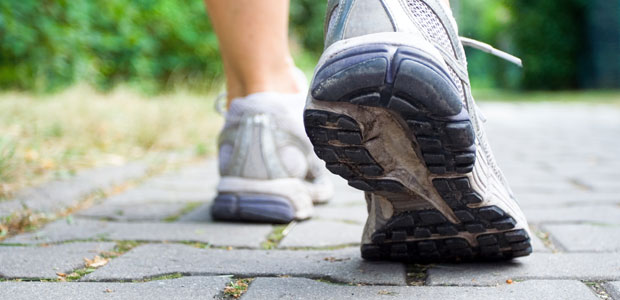
BACKGROUND:
To evaluate the effectiveness and patient satisfaction with the use of oxybutynin for treating axillary hyperhidrosis in a large series of patients.
METHODS:
One hundred two patients with axillary hyperhidrosis were treated with oxybutynin. During the first week, patients received 2.5 mg of oxybutynin once a day in the evening. From the 8th to the 42nd day, they received 2.5 mg twice a day, and from the 43rd day to the end of the 12th week, they received 5 mg twice a day. All of the patients underwent two evaluations: before and after (12 weeks) the oxybutynin treatment, using a clinical questionnaire; and a clinical protocol for quality of life (QOL).
RESULTS:
More than 80% of the patients experienced an improvement in axillary hyperhidrosis; 36.3% of them presented a great improvement, and half of the patients showed improvements at all hyperhidrosis sites. Most of the patients showed improvements in the QOL (67.5%). The patients with very poor QOL before the treatment presented greater satisfaction levels after treatment. The side effects were minor, dry mouth being the most frequent (73.5%).
CONCLUSIONS:
Oxybutynin is a good alternative to sympathectomy. It presents good results and improves QOL without the side effects of sympathectomy.
An Bras Dermatol. 2011 May-Jun;86(3):451-6.


